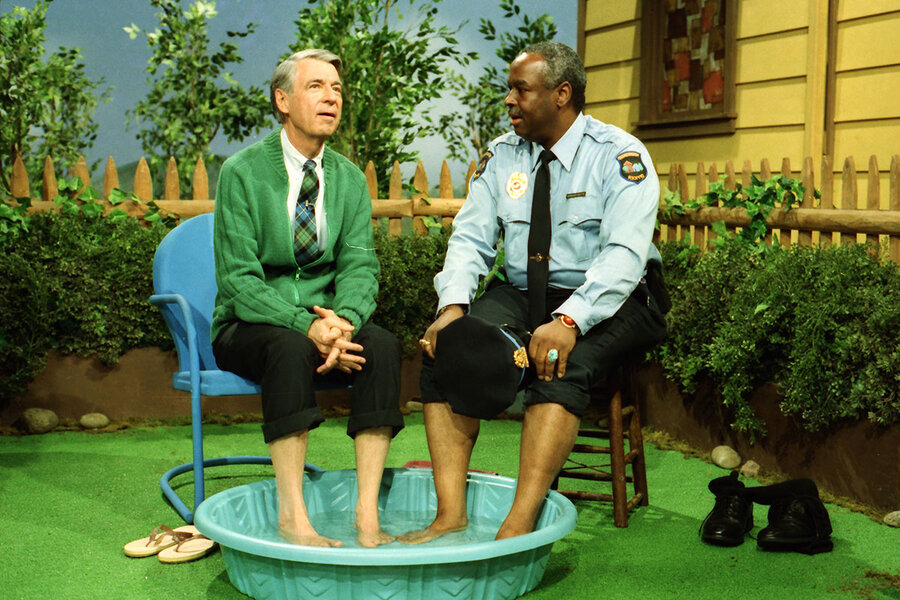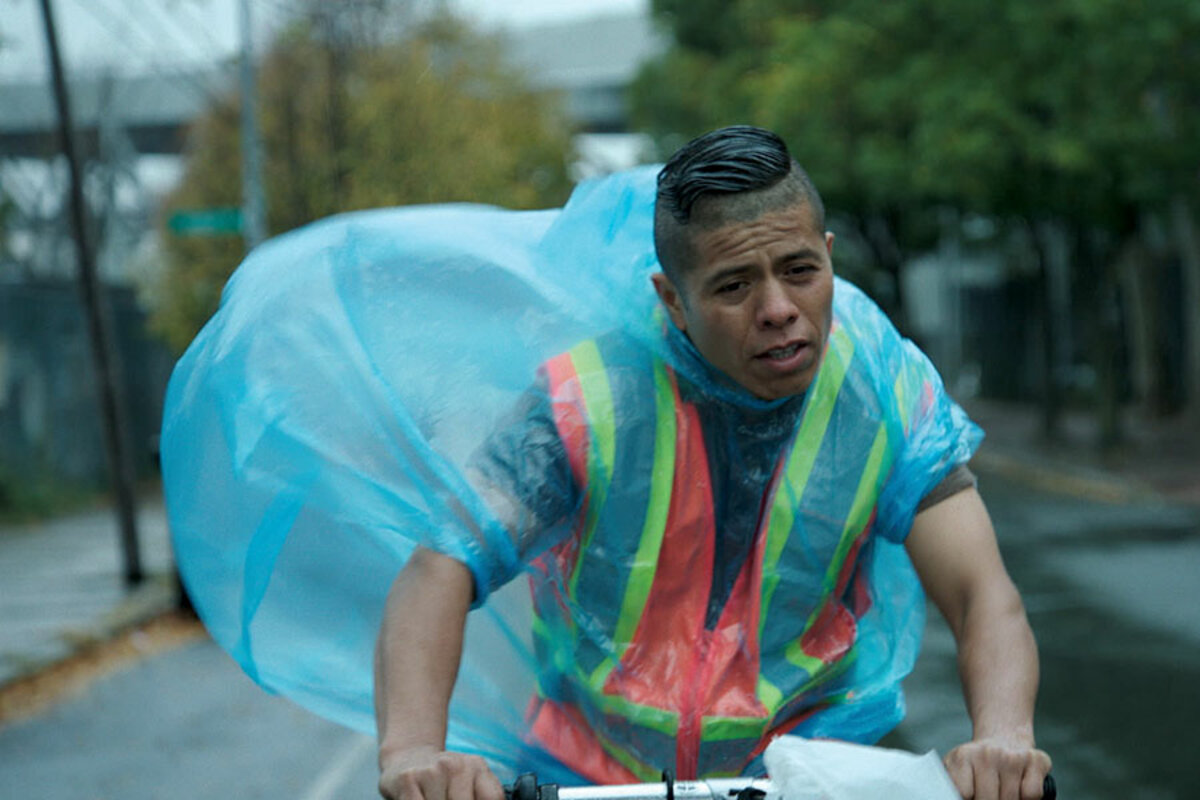5 movies you should see this month
'Mister Rogers' documentary 'Won’t You Be My Neighbor?' is full of sentiment, affection
I’m tempted to say that the documentary “Won’t You Be My Neighbor?” is exactly what we need in these scabrous times, but that makes it sound too self-important. And if there is one thing that Fred Rogers, the host and creator of the beloved educational children’s show “Mister Rogers’ Neighborhood,” would disdain, it’s self-importance.
Morgan Neville’s movie is more than just a chronicle of Rogers’s career. In some not-quite-definable way, the film itself is all of a piece with Rogers’s principled gentleness. It’s a love letter, but the sentiment and affection that pour through the film is honestly arrived at, even when, near the end, the film threatens to turn into the cinematic equivalent of a group hug.
The simple fact is that Rogers, who is now on a postage stamp and will be portrayed in an upcoming biopic by Tom Hanks, is exactly as advertised: a genuinely caring man who can unabashedly say, “Love is at the root of everything.... Love or the lack of it.” One can certainly, with a head full of cynicism, argue this point, but one can’t argue with Rogers’s sincerity. Or his achievement. Grade: A- (Rated PG-13 for some thematic elements and language.)
While watching 'En el Séptimo Día,' viewers rejoice in the hopes of immigrants
“En el Séptimo Día” – the title means “On the Seventh Day” in Spanish – is an unassuming charmer about a hot-button subject. José (Fernando Cardona) is an unauthorized Mexican immigrant sharing an overcrowded apartment in the gentrifying Brooklyn neighborhood of Sunset Park. He works as a bicycle delivery worker for an upscale restaurant and hopes to become a busboy so he can earn enough money to spirit his pregnant wife in Mexico across the border and support a family.
It’s a small-scale triumph of humanistic filmmaking. It doesn’t try to be anything more than what it is: a genial, extended anecdote about good people trying to get by while holding on to some dignity.
The film would have been richer if McKay didn’t highlight José and his teammates as such unremitting good guys. But McKay is very good where it counts the most: He understands these immigrants from the inside out, and, against all odds, he allows us to rejoice in their hopes. Grade: B+ (This movie is not rated.)
'Leave No Trace' shows empathy for those on the fringes of society
“Leave No Trace” stars Ben Foster as Will, a war veteran and widower with post-traumatic stress disorder who has been living undercover with 13-year-old daughter Tom ((Thomasin Harcourt McKenzie) in a large public nature preserve in Portland, Ore.
The director, Debra Granik has a keen empathy for people living on the fringes of “respectable” society. It’s clear from watching “Leave No Trace” that these are people, and this is a story, that Granik cares deeply about. It’s rarer than you think to watch a movie in which this is the case.
Early on, Tom and Will are caught in the park and brought by social services into a small rural community where Will works as a laborer on a Christmas tree farm and dutifully attends church with his daughter. By necessity, he opens up a crack, but he is always on the lookout for an escape route. You can see it in his eyes. Tom, however, tasting her first young adult experiences in friendly territory, loses her desire to once again hit the road. The film ultimately hinges on the emotional connection between Will and Tom, and so it’s a gift that the two lead performances are so lived-in. Grade: B+ (Rated PG for thematic material throughout.)
'Saving Brinton' chronicles discovery of film rarities
“I like saving things, especially if they look like they’re too far gone,” says Mike Zahs, a retired history teacher in Washington, Iowa, who has a long, stringy white beard and an unending supply of homespun anecdotes. Zahs is the subject of "Saving Brinton," directed by Andrew Sherburne and Tommy Haines.
In 1981, he bought the boxed artifacts of Frank and Indiana Brinton, two barnstorming Iowa show people who, in the late 19th and early 20th century, projected early movies and staged magic acts all across the heartland. When he finally delved into the trove, with its 8,000 items, he discovered rarities that brought him to the attention of some of the world’s leading film restorers, including Martin Scorsese. Zahs, a genial obsessive, is a lot of fun, and so is the movie. Grade: B+ (This movie is not rated.)
'Three Identical Strangers' is a true story that could only be believed because it actually happened
I sincerely hope that no one tries to dramatize Tim Wardle’s documentary “Three Identical Strangers” as a fictional film. It’s a true story that could only be believed because it actually happened. In 1980, through sheer coincidence, 19-year-olds Robert Shafran and Eddy Galland discovered they are identical twins separated at birth. When their story was trumpeted in the media, 19-year-old David Kellman saw the photos and realized he was their triplet. All three boys had been adopted from the same agency by separate pairs of parents who knew nothing of the babies’ circumstances.
To reveal much more than this would spoil the experience, but suffice to say this is a movie that begins like a News of the Weird anecdote and turns increasingly dark. It brings the nature versus nurture debate into shattering focus. Grade: B+ (Rated PG-13 for some mature thematic material.)







